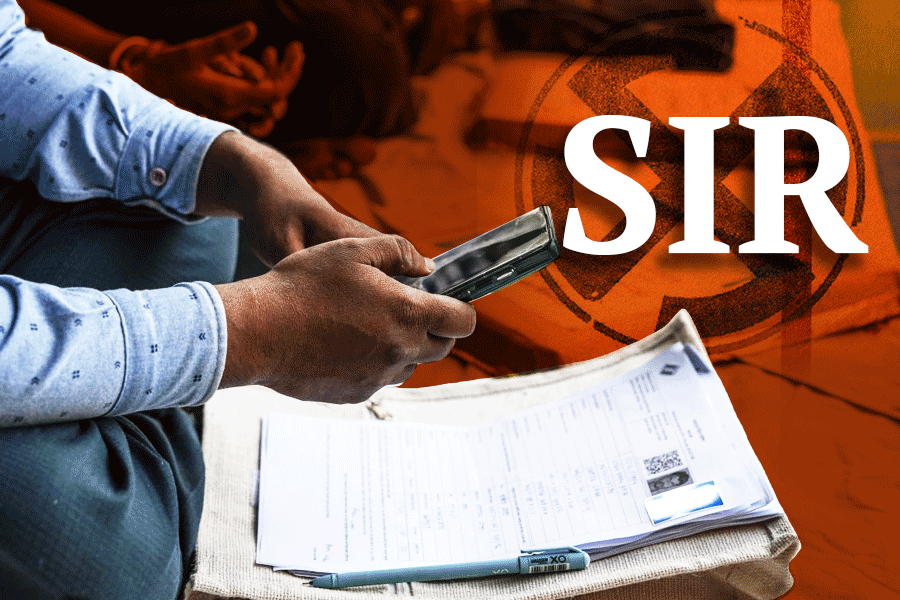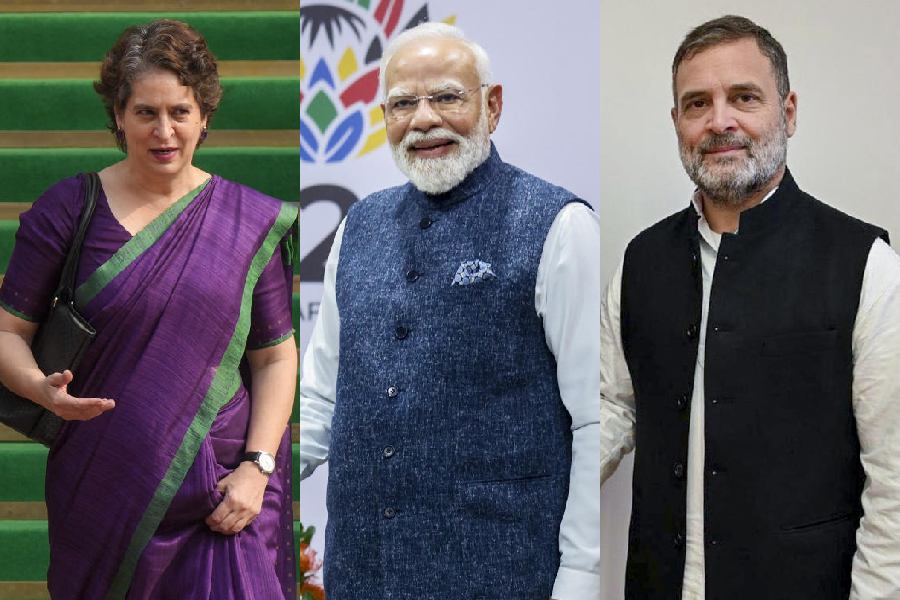Fish prices have increased across markets in Calcutta, and traders blamed a dip in supply for the price hike.
The price of rohu and katla, the most commonly purchased Indian major carps, has shot up by nearly ₹100 per kg. The price of Tiger Prawns has shot up by nearly ₹400 per kg, while that of tangra, parshe, and pomfret is also up by ₹100 to ₹200 per kilo.
Traders and fisheries experts said an impending ban on fishing in the sea, cleaning of the ponds and bheris used for pisciculture that have stopped breeding in these water bodies, has slashed the supply. Traders said a price rise around this time of the year is not unusual.
Around this time of the year, the bheris and ponds are cleaned, and the water is drained out through pumps to prepare the water bodies for a fresh pisciculture season.
The number of fishing trawlers going into the sea has also reduced as a two-month ban on sea fishing is approaching. The ban starts from April 15, following an order by the Centre.
“Prices of most fish varieties have gone up. The supply of sea fish has reduced significantly. This has naturally led to a price rise,” said Amar Das, a fish trader at Lake Market.
Das would procure around 20kg of katla on a Sunday in January. Now, despite no dip in demand, he can procure only 12kg on Sundays.
A resident of Sadananda Road in Kalighat said he had bought katla for ₹400 per kilo last Sunday at Lake Market.
“Only a few days back, I purchased kalta for ₹300 per kg. When I went to Lake Market last Sunday, the traders demanded ₹450 a kilo. I bargained and brought it down to ₹400 a kilo,” said the man.
Jagadish Marik, a fish trader at the Maniktala Market, said prices of gurjali, tangra and parshe at the market have shot up by at least ₹100 per kg. “Gurjali is now selling for ₹600 per kg, instead of ₹500 a month ago. The price of tangra is ₹800 per kg, up from ₹600 a month ago. The price of parshe has shot up to ₹700 per kg from ₹500,” said Marik.
“This is the time of the year when water from the bheris is extracted. The bed is then ploughed and left to dry under the sun for several days. This removes the weeds and also helps in better fertility of fresh spawns that will be released during monsoon,” said Somen Sahu, head and professor of fishery economics and statistics at the West Bengal University of Animal and Fishery Sciences.
“The water from the bheris with shallow water has been removed already. In the coming days, the water from bheris and ponds with deep water will be removed. Spawns and fingerlings will be released during the monsoon. These will grow into large fish by July or August,” said Sahu.
The dip in supply and the resultant spike in price are likely to continue till then.
“There is a ban on fishing in the sea on the east coast of India between April 15 and June 14, as this is the breeding season for sea fish. The catch of large fish has already come down, and the number of trawlers going into the sea has started to reduce. This has led to a drop in the supply of sea fish,” said Sahu.











